In July of 1996, the airwaves were in flux. Alanis Morissette’s Jagged Little Pill was still dominating—its blend of raw emotion and pop accessibility had reshaped what mainstream success could look like for female artists. Meanwhile, the Smashing Pumpkins’ Mellon Collie and the Infinite Sadness had carried alternative rock into grand, symphonic terrain, and boy bands were on the cusp of an imminent resurgence. Amidst this evolving landscape, another game-changer arrived. A 19-year-old named Fiona Apple released her debut album, Tidal.
While Morissette brought cathartic rage and angst to the forefront, Apple’s approach was different yet complementary. Her music was a slow-burn revelation—dark, introspective, and quietly defiant. Emerging like a counterpoint to the post-grunge and pop explosion, Apple’s music gave disillusioned Gen-Xers and emerging millennials a voice that felt both familiar and otherworldly.
Jazz, Classical, and Chamber Pop Influences
Tidal wasn’t your typical ’90s alt-rock album. It wasn’t even your typical piano-driven singer-songwriter fare. Apple’s voice, deep and elastic, echoed the smoky lounges of the 1940s as much as it did the angst-ridden poetry readings of the decade she emerged from. Drawing comparisons to Ella Fitzgerald and Billie Holiday, Apple leaned on jazz influences that were rare in mainstream music at the time.
The instrumentation danced between chamber pop and jazz noir, with flourishes of strings and the eerie, vintage tones of the Chamberlin (a Mellotron ancestor). Central to this sonic world was Jon Brion, whose creative contributions as a musician added a unique texture to Tidal. Although he did not produce the album, Brion's use of unconventional instruments like the Chamberlin, along with his layered string arrangements, gave many of the tracks an otherworldly, cinematic feel. His work here laid the foundation for a fruitful collaboration with Apple on her next record, When the Pawn..., where his influence became even more pronounced. Notably, legendary session players like drummer Matt Chamberlain and string arranger Van Dyke Parks contributed to the rich sonic palette. Apple’s classical training was evident in every chord change and time signature shift. Jon Brion’s experimental approach complemented this, introducing elements of surprise in how songs developed. His use of unusual instrumentation and his ability to craft lush, yet slightly eerie soundscapes, made tracks like "Sleep to Dream" and "Pale September" particularly compelling.
Apple’s classical training was evident in every chord change and time signature shift. Songs like "Pale September" and "Never Is a Promise" explored diminished sevenths and 12/8 rhythms—technical complexities that subtly embedded tension and release. Yet she never came off as pretentious. Instead, her music invited us into a world of heightened emotion where every note felt essential. It’s the kind of album intended to be played late at night, lights low and sipping on a glass of bourbon.
The Breakthrough and the Backlash: "Criminal" and MTV Stardom
And yet, for all its nuance, Tidal had its MTV moment. "Criminal," with its sultry bassline and stark music video, became Apple’s breakthrough hit. It was a slow burn—taking nearly a year after the album’s release to reach mass recognition. The song's unsettling tension, underscored by shifting major and minor tonalities, made it stand out on both radio and television.
Apple’s success, however, came with its challenges. At the 1997 MTV Video Music Awards, Apple delivered a now-famous speech urging fans not to conform to shallow celebrity ideals: “Go with yourself.” Critics pounced, but for those who resonated with her message, it was a powerful declaration of authenticity. Despite the initial backlash, Tidal went on to sell over 2.7 million copies.
Despite moving millions of units and shaping the '90s music landscape, Tidal now feels like a lost classic, particularly to younger music fans. It's the strange fate of certain albums: they define an era only to vanish from mainstream awareness as time marches on. Ask a younger listener about Fiona Apple and you might get a blank stare.
Tidal's Legacy: A Hidden Classic for a New Generation
For many who lived through the '90s, Tidal was a touchstone—an essential soundtrack for late-night introspection. Yet, like so many landmark albums, it has quietly slipped under the radar for newer generations. Today, younger listeners might recognize Fiona Apple’s influence in genre-blurring artists like Florence Welch, but they may never have heard Tidal itself.
For those willing to revisit Tidal, the album offers a timeless experience, balancing introspection with catharsis. So dim the lights, turn up the volume, and let Tidal cast its spell. And if you want to hear an in-depth breakdown of the album's production quirks, influences, and legacy, listen to the full Dig Me Out podcast episode for a conversation that goes even deeper than the grooves on your favorite vinyl.
Songs in this Episode
Intro - Sleep To Dream
25:03 - Shadowboxer
34:26 - Pale September
46:16 - Criminal
50:12 - The First Taste
Outro - Slow Like Honey
Alanis Morissette - Jagged Little Pill | 90s Rock Revisited
In the early 1990s, a young Canadian artist named Alanis Morissette was navigating the pop music scene, known mainly in her homeland and to Nickelodeon audiences for her role in the sketch comedy show “You Can’t Do That On Television.” Her early music career, marked by two pop-oriented albums released exclusively in Canada, left her creatively unfulfill…
Ben Folds Five - Ben Folds Five | 90s Rock Revisited
In the midst of the 90s, a decade largely dominated by grunge and its brooding introspection, the emergence of Ben Folds Five with their 1995 self-titled debut was a refreshing anomaly. Steering clear of the angst-ridden guitar riffs that defined the era, this piano-led trio carved a unique niche, blending power-pop energy with a touch of 70s singer-son…
#383: From The Choirgirl Hotel by Tori Amos
By 1998 Tori Amos was already established an artist who balanced both commercial success and critical praise. With her fourth album, From The Choirgirl Hotel, Amos dialed down the piano and dialed up the band, exploring a fuller sound that moved between electronic(a) beats, Beatle stomps and a slew of new sounds. In surrendering her confessional piano b…
#412: The Lateness Of The Hour by Eric Matthews
While the Seattle record label Sub Pop is primarily associated with "grunge," the list of artists and catalog of releases is far more broad. Take for example Eric Matthews, whose whispered vocal and orchestral arrangements couldn't stray further from the so-called Sub Pop sound. On his sophomore solo release from 1997, The Lateness Of The Hour, Matthews…



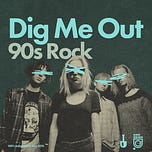


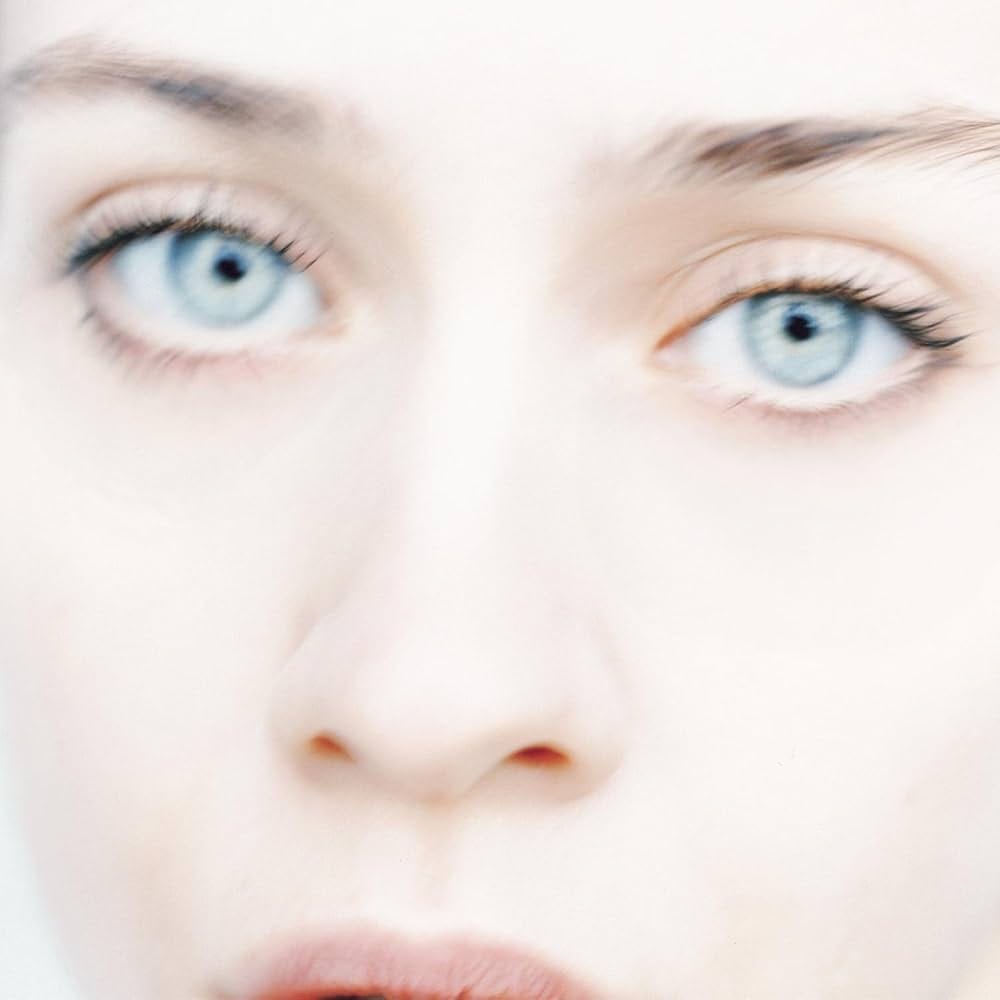
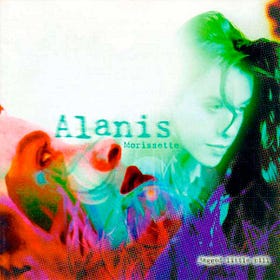
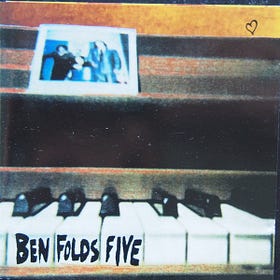
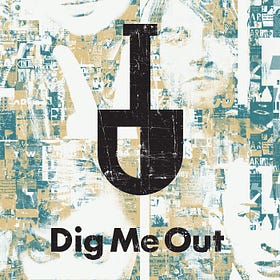


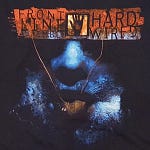

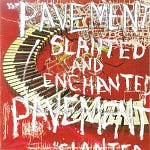
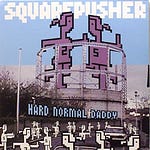
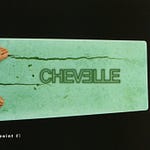
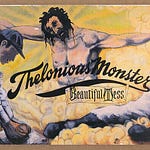


Share this post